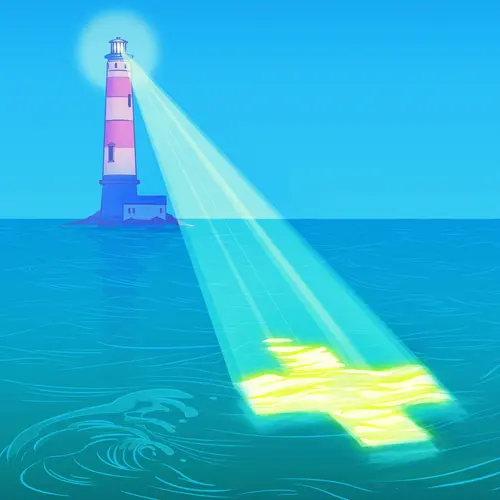Signs and Symptoms of a Hernia
The most common sign of a hernia is a bulge that you can see or feel under your skin. Where that bulge shows up depends on what type of hernia you have. You may have other symptoms, too.
There are several types of hernias:
Inguinal hernia
This is the most common type of hernia and happens when tissue, such as part of your intestine, pushes into the inguinal canal near your groin. The inguinal canal is a passageway in your stomach muscle wall containing things like nerves and blood vessels.
Symptoms:
- A bulge on one side of your pelvis that is more noticeable when you stand up, cough, or strain
- Pain or discomfort in your groin area, especially when you bend over, cough, or lift something heavy
- A feeling of heaviness or pressure in the groin
- If you are a person born male at birth, you might also have pain and swelling around your testicles if the intestine that is sticking out goes down into the scrotum.
Femoral hernia
Femoral hernias are similar to inguinal hernias, but the tissue pushes into the femoral canal, which is located below the inguinal canal.
Symptoms:
- A bulge in your upper thigh below your groin area
- Sudden pain in your groin or thigh
- Pain in your stomach
- Nausea
- Vomiting
Umbilical hernia
This type of hernia is most common in babies and children, but it affects adults too. They are behind the umbilical cord in your stomach that forms your bellybutton.
Symptoms:
- A bulge near the bellybutton that might be visible only when you cough or strain
- Pain and discomfort
Incisional hernia
These hernias happen when tissue pokes through weak muscles in your belly after surgery.
Symptoms:
- A bulge near the site of your surgery cut that is more noticeable when you stand or cough
- Pain near the bulge
- Nausea
- Vomiting
- Fever
- Fast heartbeat
Hiatal hernia
A hiatal hernia happens when part of your stomach squeezes up through your diaphragm (a muscle that helps you breathe) and moves up into your chest.
Symptoms:
- Heartburn
- Chest pain (not related to the heart)
- Indigestion, which causes you to feel very full after eating and have a burning feeling in your stomach
- Burping and feeling acid rise into the back of your throat
- Trouble swallowing
- Feeling a lump in the back of your throat when you swallow
- Sore throat and hoarseness (rough voice)
Hernia symptoms in women
Hernia symptoms are usually the same for people assigned male at birth and people assigned female at birth. Sometimes, people assigned female at birth won't have a bulge with a groin hernia. The symptoms might be mistaken for cramps or other problems related to the reproductive system.
Strangulated Hernia Symptoms
Usually, hernias aren't dangerous. You can often push the bulging tissue back behind the muscle wall. But sometimes, a hernia gets stuck in the muscle wall. This is called an incarcerated hernia. This can be very painful. If the tissue that's trapped is your intestine, food and gas might not be able to pass through. And if tissues get cut off from blood supply, they can die.
Call your doctor right away if you have any of the symptoms of a strangulated hernia, such as:
- Nausea
- Vomiting
- Fever
- Belly pain
- Bloating
- Not being able to poop or pass gas
- Hernia site becomes darker, red, or purple
Hernia Signs and Symptoms in Children
Hernias are common in kids, especially babies. They can happen when part of their belly wall is weak at birth. If your child has one, you’ll usually notice a bulge in their groin area or around their bellybutton. Your baby may also cry a lot and refuse to eat. Hernias often bulge when your child cries, coughs, or strains to poop. You may also notice that their belly is tender to the touch.
When to See a Doctor for Hernia Pain
You should see a doctor if you:
- Suspect that you have a hernia
- Can't get the hernia to go back in
- Have a painful or noticeable bulge in your groin on either side of your pubic bone
- Know you have a hernia, and you have symptoms of a strangulated hernia. Seek medical care right away.

